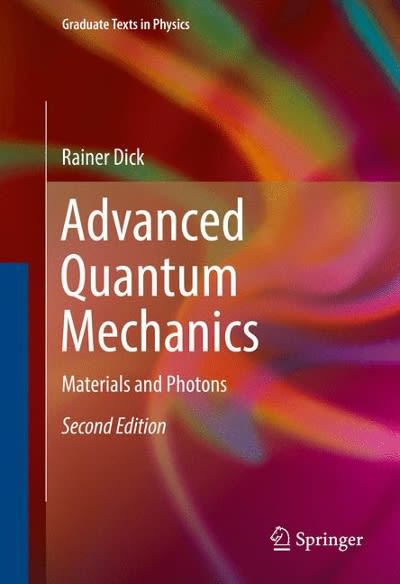I need all parts
AP Physics 1 U6 - WS3 - Energy & Power page 2 Unit 6 - Energy 1/26/2018 9. How long would it take a 7.5 kW motor to raise a 500 kg piano to an apartment window 10 meters above the ground? 10. A loaded cab of an elevator has a mass of 3000 kg and moves 210 m up the shaft in 23 seconds. a. What is the change in potential energy of the elevator cab? b. How much energy is transferred by the lifting motor? c. What is the power required to lift the elevator? 11. A 2.0 kg object is accelerated uniformly from rest to a speed of 10 m/'s in 3 seconds. a. How much work is done on the object in the three second interval? b. What is the rate at which work is done (the power required) at the end of the interval? c. What is the rate at which work is done when the car is moving half its final speed? 12. A 100 kg block is pulled at a constant speed of 5.0 m/'s across a horizontal floor by an applied force of 122 N which is angled at 37 above the horizontal. a. What is the work done by the applied force in moving the block 10 meters? b. At what rate is the applied force doing work? 13. A 1400 kg block is pulled up a 20" incline at a constant speed of 1.5 m/s by a motor. The coefficient of kinetic friction between the block and the incline is 0.40. a. What is the force of friction between the block and the incline? b. What is the force applied to the block by the motor? c. What is the power output of the motor? 14. Your electric utility company sends you a monthly bill informing you of the number of kilowatt-hours you have used that month. a. Is the utility charging you for energy or power? Explain. b. How many joules does your 1600 W blow drier transfer if you dry your hair (and the air in the room) for 5.0 min? 15. A 50 g ball is thrown from a window with an initial velocity of 8.0 m/s at an angle of 30" above the horizontal. What is the kinetic energy of the ball at the top of its flight? (neglect air drag) b. What is its speed when it is 3.0 m below the window? c. Does the answer to "a" or "b" depend on the angle? 16. A strange kind of bow exerts a constant force of 70 N as the string is drawn back to a distance of 75 cm. a. If it takes you 2 seconds to draw the bow with an arrow on the string, what is your power input? b. If it takes the bow .01 seconds to shoot the arrow, what is the bow's power output? c. In reality the force required to draw back the arrow varies as a function of distance (Hooke's Law). Assume that when the arrow is drawn back 75 cm and held in place, the force you exert on the bow string is 70 N. Resolve parts (a) and (b) and compare. 17. The trains on the Viper roller-coaster are raised from 10 m above ground at the loading platform to a height of 60 m at the top of the first hill in 45 s. Assume that the train (including passengers) has a mass of 2500 kg. Ignoring frictional losses, what power motor would be required to accomplish this task? 18. The plunger of a frictionless pinball machine has a spring constant of 80 N/m, the mass of the pinball is 150 g, and the angle of the incline the ball must roll up is 20 . Ignore the actual rolling of the ball. a. If you pull the plunger back 10 cm, how high up the ramp will the pinball go? b. Repeat part (a) but now assume the ramp has a coefficient of friction of 0.3







